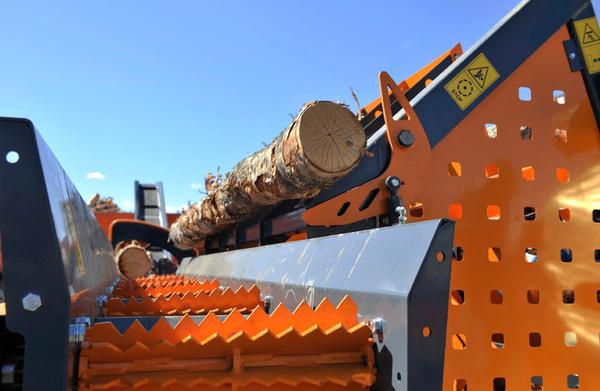The Science Behind Wood Moisture
Understanding the moisture content in firewood is crucial for anyone looking to achieve optimal wood burning efficiency. Moisture in wood acts as a barrier to combustion; too much moisture can dampen the flames, while too little can lead to rapid burning and reduced heat output. Ideally, firewood should have a moisture content between 15% and 20% for efficient burning. When firewood becomes overly dry, it can combust too quickly, producing excessive heat that can be dangerous for your stove or fireplace.
Wood that is excessively dry can also lead to incomplete combustion, resulting in the release of more particulate matter and pollutants into the air. This not only affects air quality but may also reduce the lifespan of your heating equipment. The science behind wood moisture reveals that the ideal balance is necessary to ensure a steady, controlled burn, maximising both safety and efficiency.
Ideal Moisture Levels for Firewood
For optimal burning, maintaining firewood moisture levels between 15% and 20% is essential. This range allows for efficient combustion, providing a steady heat output without overtaxing your heating system. To determine the moisture content of your firewood, you can employ a moisture metre, a handy tool that provides quick and accurate readings. Simply insert the prongs of the metre into the wood, and you’ll receive an instant moisture level readout. This information can guide your firewood preparation processes, ensuring your wood is neither too wet nor too dry.
Investing in a quality moisture metre is a wise decision for anyone serious about fireplace maintenance and wood burning efficiency. By regularly checking your firewood moisture, you can make informed decisions about when to burn certain logs and when to allow them to dry further.
How Overly Dry Firewood Affects Stove and Chimney Health
Burning overly dry firewood can have several negative effects on your stove and chimney health. The intense heat produced by excessively dry wood can cause damage to stoves, leading to warped metal or cracked components. Additionally, the rapid combustion of dry firewood can lead to a faster accumulation of creosote within the chimney. Creosote is a tar-like substance that forms from the incomplete combustion of wood, and it poses a significant fire hazard if not regularly cleaned.
Regular fireplace maintenance is crucial to prevent these issues. Ensure that your stove and chimney are inspected and cleaned at least once a year, especially if you frequently burn overly dry firewood. By doing so, you can mitigate the risks associated with creosote buildup and maintain the longevity of your heating system.
Storing Firewood to Maintain Ideal Moisture
Proper storage of firewood is key to maintaining ideal moisture levels. To prevent your firewood from becoming overly dry, stack it in a way that allows for air circulation while protecting it from excessive moisture loss. Choose a location that is shielded from direct sunlight and harsh winds, as these can further dry out your wood. An open-sided shed or a covered area with good ventilation is ideal for firewood storage.
When stacking your firewood, ensure that the logs are raised off the ground to prevent moisture absorption from the soil. A simple wooden pallet or a rack can be used for this purpose. Cover the top of the stack with a tarpaulin or a similar cover, but leave the sides open to allow for airflow. This method helps maintain the firewood moisture at the desired levels, ensuring it is ready for efficient burning when needed.
Alternatives and Solutions for Overly Dry Firewood
Even if your firewood is overly dry, there are practical solutions to ensure safe and efficient burning. One effective approach is to mix the dry wood with freshly split logs that have a higher moisture content. This combination can help moderate the burn rate, providing a more controlled and steady heat output.
Additionally, consider using moisture-retentive storage solutions, such as adding a moisture barrier under the woodpile to prevent excessive drying from the ground up. Implementing these strategies can help you make the most of your dry firewood while maintaining a safe and efficient heating system. By balancing your wood types and adjusting storage techniques, you can achieve optimal burning conditions regardless of initial moisture levels.
Conclusion
In summary, maintaining the right moisture levels in your firewood is essential for achieving efficient and safe wood burning. Overly dry firewood can lead to rapid combustion, excessive heat, and potential damage to your stove and chimney. By understanding the science of wood moisture, using proper storage techniques, and employing practical solutions for overly dry wood, you can ensure optimal performance of your heating system.
At Reikälevy, we specialise in designing and manufacturing high-quality machines under the SAMI brand, ensuring that professionals and resellers have access to the best tools for firewood preparation and management. Our commitment to quality, efficiency, and reliability makes us a preferred partner in the industry. To learn more about our products and how we can support your success, contact us today or explore our product range online.

